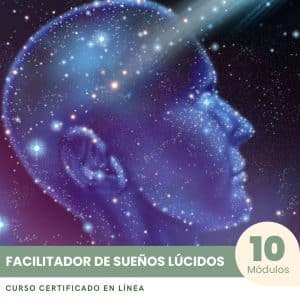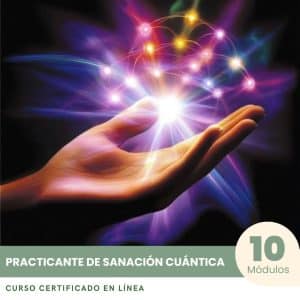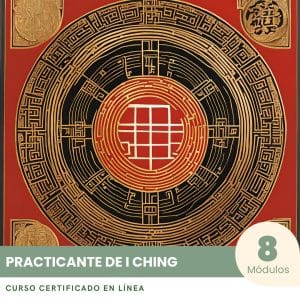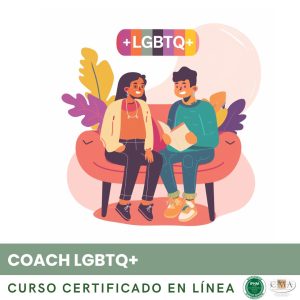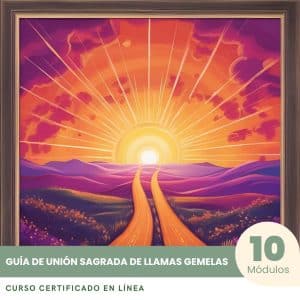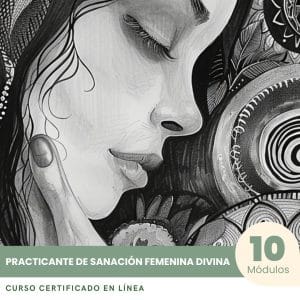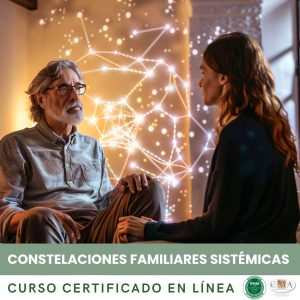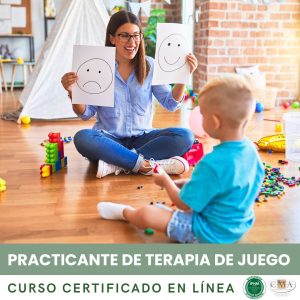7.11 – Laughter and Group Cohesion Exercises
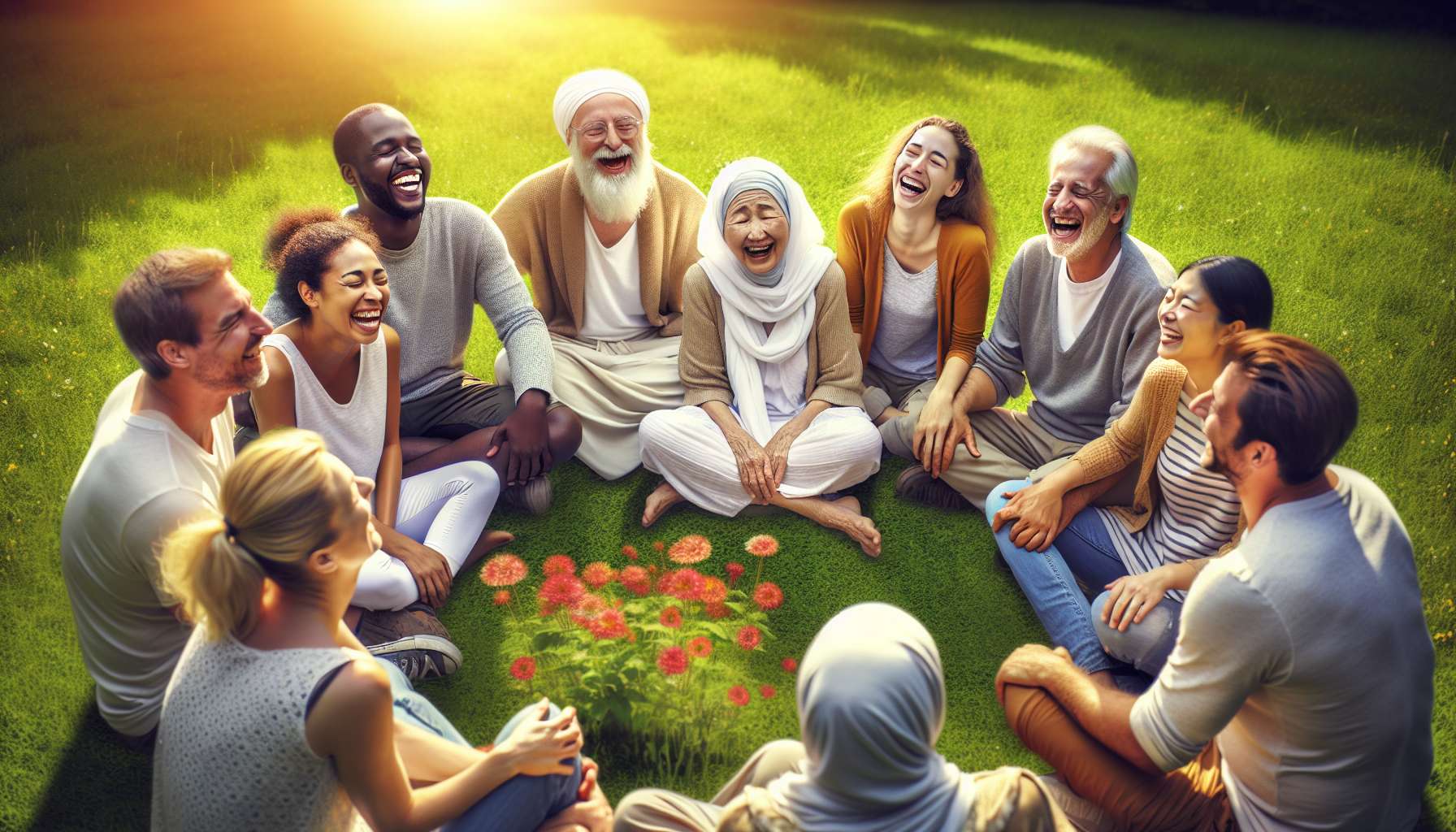
Laughing and group cohesion exercises are essential techniques of laughter therapy, which aim to strengthen bonds, complicity, and cooperation among participants. They consist of proposing games and fun activities specially designed to stimulate shared laughter, positive communication, and a sense of belonging within a group.
The key principle of these exercises is that laughter is a tremendous “social cement” that unites individuals and facilitates interactions. When we laugh together, we create a strong emotional connection, based on shared pleasure and kindness. We synchronize on a physical and psychological level, tuning into the same joyful vibration. This shared experience strengthens the group and encourages the emergence of a positive collective identity.
A classic example is the “chain laughter” game: sitting in a circle, the first participant emits a laugh, which his neighbor must replicate before proposing a new one, and so on until the laughter has gone around the group. This simple and effective exercise helps to break the ice, create a friendly atmosphere, and stimulate everyone’s listening and expression. It also highlights the diversity and creativity of laughs while valuing each participant’s contribution to the group’s harmony.
Another powerful technique is the “collective laughter challenge”: the group challenges itself to laugh together for a determined duration (for example, 3 minutes), non-stop. To complete this challenge, the participants must encourage each other, support each other, and engage in contagious and liberating laughter. This intense and joyful experience reinforces the group’s cohesion and complicity while enabling it to surpass its boundaries and experience a collective flow state.
A striking example is that of a project team in a company, which was experiencing relational difficulties and lack of motivation. During a team-building seminar, they participated in a laughter and cohesion workshop led by a professional. Through exercises like “mirror laughter” or “samurai laughter,” they learned to look at each other with kindness, to listen to each other, and to trust each other. They realized that, beyond their differences and conflicts, they shared the same humanity and the same aspiration for joy and success. This experience transformed their team dynamics and gave them renewed momentum to cooperate more smoothly and creatively.
Beyond their immediate benefits, laughter and cohesion exercises also have lasting effects on the relational climate and collective efficiency. They help to develop key skills such as emotional intelligence, empathy, assertiveness, and positive conflict resolution. By cultivating a “laughter culture” within the group, based on kindness and shared pleasure, a more fulfilling and productive work environment is promoted. They release individual and collective potentials, stimulate creativity and innovation, and strengthen resilience in the face of challenges.
During an intervention at a school facing issues of violence and dropout, a team of laughter therapists proposed a “fun recess” program involving students, teachers, and educational staff. Each day, for 15 minutes, the entire school would gather in the courtyard to participate in collective laughter games, like the “wolf’s laughter” or the “kung-fu laughter.” Over the weeks, the school climate significantly improved: decreasing conflicts, improving mutual respect, cooperation, and the joy of learning. Students struggling felt more integrated and valued, which bolstered their motivation and results. Laughter became a common and unifying language, a joyful ritual that reconnected the entire educational community.
It is important to note that these exercises require a safe and kind environment to unfold all their benefits. The host ensures to create a climate of trust and mutual respect, where each person can laugh in their way, without fear of judgment. He proposes clear and progressive instructions, adapting to the group’s ease and receptivity. He alternates times of collective laughter and times of sharing in small groups, allowing everyone to express themselves and be listened to. He encourages creativity and values the diversity of laughs and personalities. He is also attentive to relational dynamics and ensures that laughter remains a tool of cohesion and not exclusion.
In summary, laughter and cohesion exercises are wonderful catalysts for social connection and joyful cooperation. By laughing together, we create an authentic and kind space for sharing, where everyone can express their uniqueness while connecting to a common project. We develop a sense of belonging and collective pride, based on pleasure and complicity. We discover unsuspected resources for communication, creation, and bouncing back together in the face of challenges. Above all, we realize that laughter is a formidable bridge between hearts and minds, transcending differences and uniting destinies. Because, in the end, laughing together is building together a more joyful and supportive world, one laugh at a time.
Points to remember:
– Laughter and group cohesion exercises aim to strengthen bonds, complicity, and cooperation among participants through games and fun activities.
– Shared laughter creates a strong emotional connection and a shared experience that consolidates the group and encourages the emergence of a positive collective identity.
– Examples of exercises include the “chain laughter,” the “collective laughter challenge,” the “mirror laughter,” and the “samurai laughter” which help break the ice, stimulate everyone’s listening and expression.
– These exercises have immediate beneficial effects on the group’s dynamics and lasting effects on the relational climate and collective efficiency by developing key skills such as emotional intelligence and positive conflict resolution.
– They require a safe and kind environment, led by a professional who ensures a climate of trust, mutual respect, and values the diversity of laughs and personalities.
– Laughter becomes a common and unifying language, a joyful ritual that reconnects the community and transcends differences, while stimulating creativity, innovation, and resilience in the face of challenges.
👉 To download docx (Editable) file click here : Click here
👉 To download PDF file click here : Click here
👉 To download MP3 file click here : Click here



